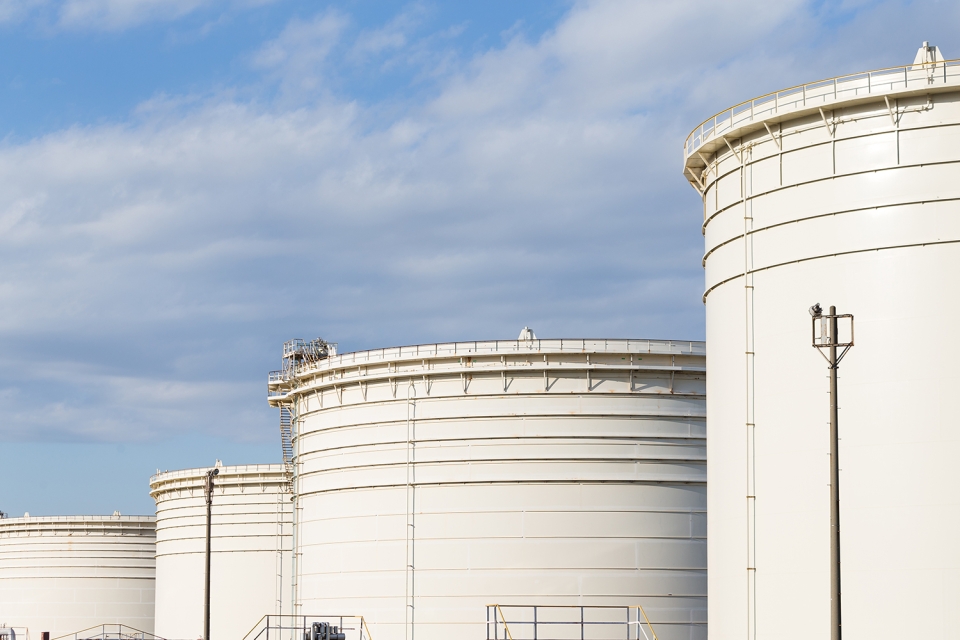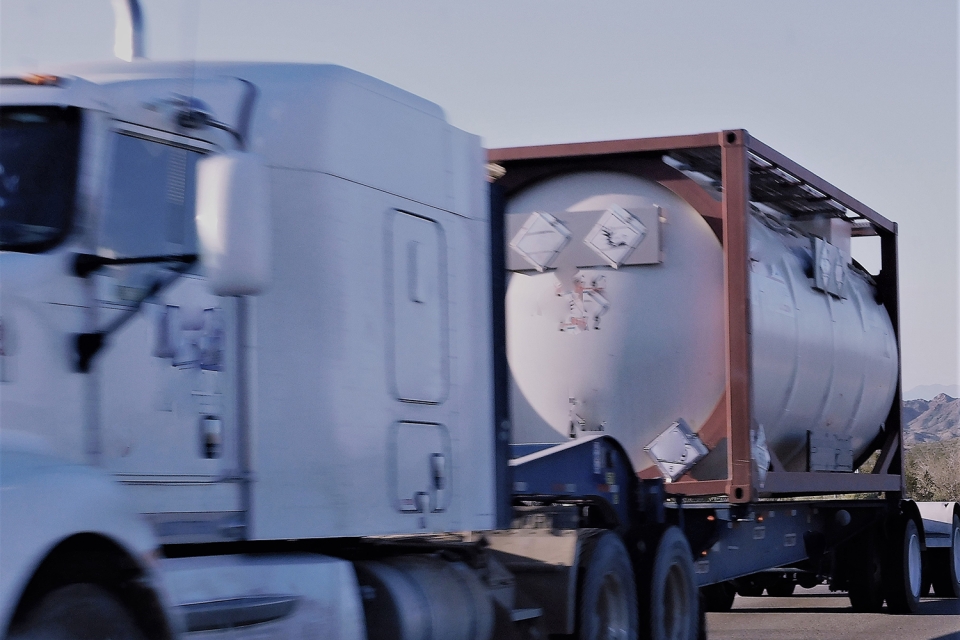Understanding the Mechanics of Pressure Vessels
Found in a wide range of settings, from industrial boilers to scuba tanks, pressure vessels are containers that have been specially designed to hold gases or liquids at high pressures. As these vessels are subject to extreme pressures, they must meet strict safety standards, and they are highly regulated.
What is a Pressure Vessel?
The enclosed containers known as pressure vessels hold gases, vapours, and liquids at much higher or lower pressures than the ambient pressure. Flash drums, heat exchangers, reactors, and separators are some examples of these vessels. They are used widely in a diversity of industries, such as chemical, food processing, oil and gas, and petrochemical industries. Every aspect of these vessels is governed by stringent standards and regulations. The ASME Boiler and Pressure Vessel Code (BPVC) is the most widely used set of universally recognised pressure vessel regulations and standards governing their design and construction, testing, installation, inspection, and certification, as well as that of nuclear power plant components.






